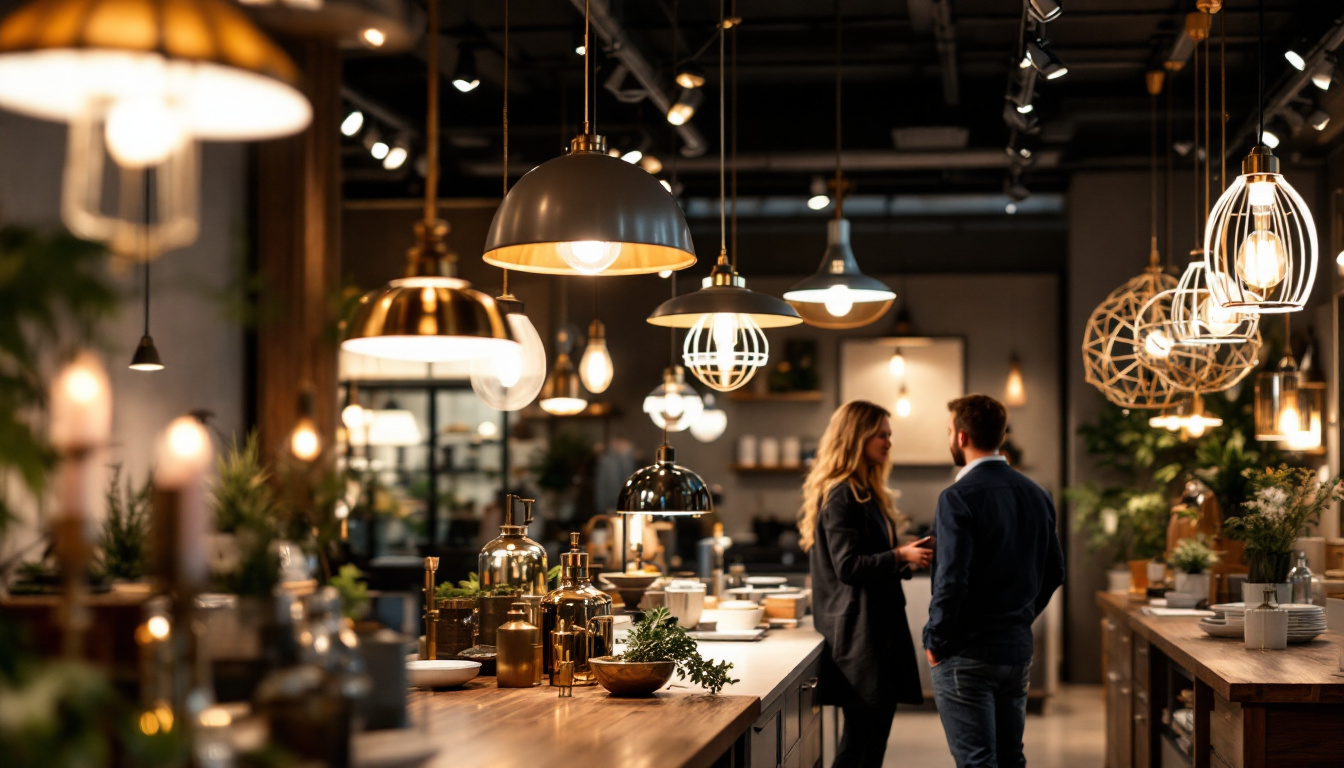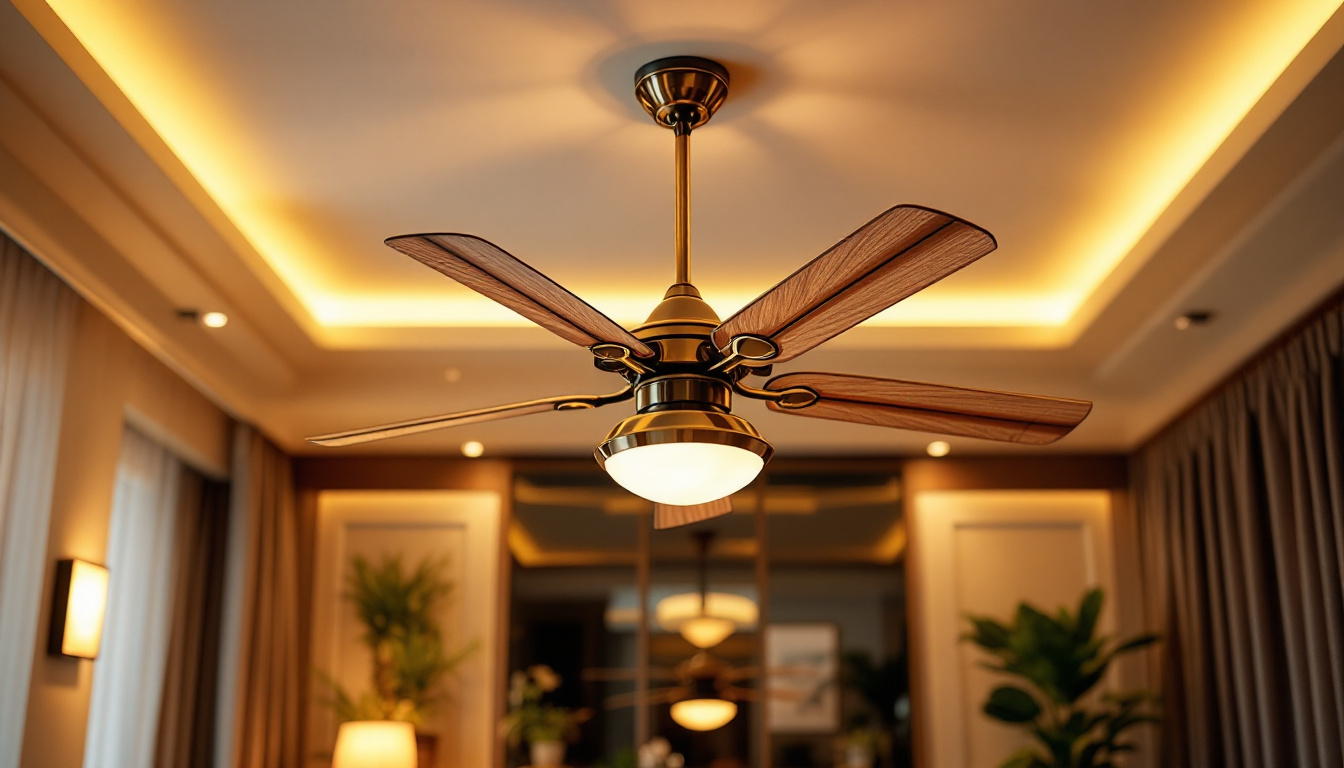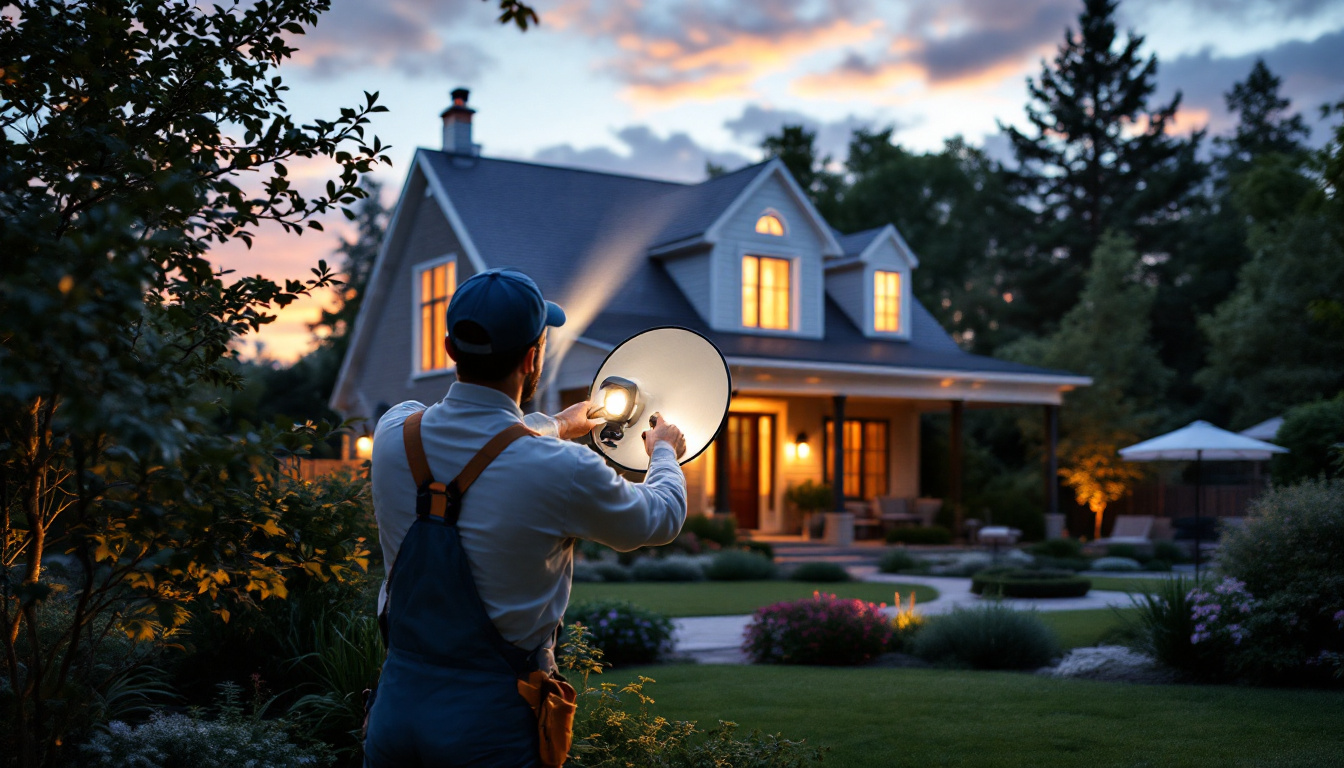
Pendant lighting has become a staple in modern interior design, offering both functionality and aesthetic appeal. For lighting contractors, understanding the nuances of pendant lighting stores is crucial for meeting client needs and enhancing project outcomes. This article delves into the essentials of pendant lighting stores, providing insights that can help contractors make informed decisions.
Pendant lights are versatile fixtures that hang from the ceiling, often suspended by a cord, chain, or rod. They are available in various styles, sizes, and materials, making them suitable for diverse applications—from kitchens to dining areas and beyond. The primary function of pendant lighting is to provide focused illumination while also serving as a decorative element.
When exploring pendant lighting options, it’s essential to recognize the different types available. These can include single pendants, multi-pendant clusters, and even adjustable pendants that allow for height customization. Each type serves a unique purpose and can dramatically influence the ambiance of a space.
Single pendants are ideal for task lighting, such as over kitchen islands or workspaces. In contrast, multi-pendant clusters can create a statement piece, drawing attention to dining areas or entryways. Adjustable pendants offer flexibility, making them suitable for spaces where ceiling heights may vary. Additionally, there are also mini pendants that are perfect for smaller areas or as accent lighting, providing a subtle touch of elegance without overwhelming the space.
Pendant lights come in an array of materials, including glass, metal, wood, and fabric. Each material contributes to the overall aesthetic and functionality of the fixture. For instance, glass pendants can create a sense of openness and lightness, while metal fixtures often convey a more industrial or modern vibe.
Styles range from contemporary and minimalist to vintage and rustic, allowing contractors to match fixtures with the desired interior design theme. Understanding the various materials and styles available can help contractors recommend the perfect pendant lighting solutions to their clients. Furthermore, the finish of the materials—such as matte, polished, or brushed—can further enhance the visual appeal and help integrate the lighting seamlessly into the overall decor. For example, a matte black pendant can add a sleek, modern touch, while a brushed brass fixture can introduce warmth and a hint of luxury to a space.
Moreover, the choice of bulb can also influence the mood created by pendant lighting. Warm white bulbs can foster a cozy atmosphere, ideal for dining areas, while cooler tones can enhance focus and clarity in workspaces. By carefully selecting both the pendant design and the type of light it emits, homeowners can create a truly personalized and functional lighting experience that caters to their specific needs and preferences.
With the increasing popularity of pendant lighting, numerous stores have emerged, each offering a unique selection of products. Choosing the right store is essential for contractors looking to source quality lighting fixtures efficiently. The right store can not only enhance the aesthetic appeal of a project but also ensure that the fixtures are functional and durable, meeting both design and practical needs.
When selecting a pendant lighting store, several factors should be considered. First and foremost is the quality of the products. Contractors should prioritize stores that offer well-reviewed, durable fixtures. Additionally, the variety of styles and materials available can significantly impact the contractor’s ability to meet diverse client needs. From modern minimalist designs to vintage-inspired options, having a wide range of choices allows contractors to cater to different tastes and preferences, ensuring client satisfaction.
Another crucial factor is customer service. A store that provides knowledgeable staff can assist contractors in making informed decisions and finding the right products quickly. Furthermore, consider the store’s return policy and warranty options, as these can provide added peace of mind when purchasing lighting fixtures. A reliable store often has a dedicated customer support team that can help troubleshoot any issues that arise post-purchase, which can be invaluable in maintaining project timelines and client relationships.
In today’s digital age, contractors have the option to shop for pendant lighting both online and in physical stores. Each approach has its advantages. Online stores often provide a broader selection and the convenience of shopping from anywhere. They may also offer competitive pricing and customer reviews that can aid in decision-making. Additionally, many online retailers feature advanced filtering options, allowing contractors to search by size, color, and style, making it easier to find the perfect fixture for specific projects.
On the other hand, brick-and-mortar stores allow contractors to see and feel the products before purchasing. This tactile experience can be invaluable, especially when assessing the quality and finish of pendant lights. Moreover, many physical stores have showrooms that display the lighting in real-life settings, helping contractors visualize how the fixtures will look in their clients’ spaces. Ultimately, the choice between online and physical shopping may depend on personal preference and project requirements, but a hybrid approach can often yield the best results, allowing contractors to leverage the strengths of both shopping methods.
The world of pendant lighting is constantly evolving, with new trends and innovations emerging regularly. Staying informed about these changes can give contractors a competitive edge in their projects.
One notable trend in pendant lighting is the rise of smart lighting solutions. These fixtures can be controlled via smartphone apps or voice-activated devices, allowing for customizable lighting experiences. Smart pendants can enhance the functionality of a space, making them appealing to tech-savvy clients.
Another trend is the use of sustainable materials and energy-efficient lighting options. As environmental consciousness grows, many consumers are seeking eco-friendly products. Contractors who can offer pendant lights made from sustainable materials or equipped with LED technology can attract clients looking to reduce their carbon footprint.
Innovative designs are also shaping the pendant lighting landscape. Unique shapes, such as geometric or asymmetrical designs, are gaining popularity, allowing for creative expression in interior spaces. These distinctive fixtures can serve as focal points, enhancing the overall aesthetic of a room.
Moreover, customizable pendant lighting options are becoming more prevalent. Some manufacturers offer modular designs that allow contractors to mix and match components, creating tailored solutions that meet specific client preferences.
Proper installation is critical for ensuring that pendant lights function effectively and safely. Contractors must be aware of various installation considerations to provide optimal results for their clients.
One of the most important aspects of pendant light installation is determining the correct height and spacing. Pendant lights should be hung at a height that provides adequate illumination while avoiding obstruction. For dining areas, a common guideline is to hang pendants 30 to 36 inches above the table surface.
Spacing is also crucial when installing multiple pendants. A general rule of thumb is to space them about 24 to 30 inches apart to ensure even lighting and visual balance. However, specific spacing may vary based on the size and style of the pendants being used.
Electrical considerations are paramount during installation. Contractors must ensure that the electrical wiring is capable of supporting the pendant lights’ wattage and that all safety standards are adhered to. Additionally, using the correct type of bulb is essential for both functionality and energy efficiency.
It’s also advisable to install dimmer switches for pendant lights, allowing clients to adjust the brightness according to their preferences and needs. This added feature can enhance the versatility of the lighting and contribute to a more enjoyable atmosphere.
For lighting contractors, effectively marketing pendant lighting services can significantly impact business growth. Understanding how to promote these offerings can attract more clients and increase project opportunities.
One effective marketing strategy is to showcase completed projects that feature pendant lighting. High-quality photographs can highlight the aesthetic appeal and functionality of the fixtures in various settings. Sharing these images on social media platforms and the company website can capture the attention of potential clients.
Additionally, creating case studies that detail the design process and the benefits of the chosen pendant lighting can provide valuable insights for prospective customers. This approach not only demonstrates expertise but also builds trust with potential clients.
Building relationships with interior designers, architects, and home improvement professionals can lead to referrals and collaborative opportunities. Networking at industry events and joining local business associations can help contractors establish valuable connections.
Furthermore, partnering with pendant lighting stores can provide mutual benefits. Contractors can receive exclusive discounts or promotions while the stores gain exposure through the contractor’s projects. This symbiotic relationship can enhance both parties’ visibility in the market.
Pendant lighting stores offer a wealth of options for lighting contractors looking to enhance their projects. By understanding the types of pendant lights available, choosing the right stores, staying updated on trends, and mastering installation techniques, contractors can elevate their services and meet client expectations effectively.
Moreover, effective marketing strategies can help contractors showcase their expertise and attract new clients. In a competitive industry, staying informed and adaptable is key to success. By leveraging the insights shared in this article, lighting contractors can navigate the pendant lighting landscape with confidence and skill.
Ready to take your lighting projects to the next level? At LumenWholesale, we provide lighting contractors with an exceptional range of high-quality, spec-grade pendant lighting options at wholesale prices that simply can’t be matched. Say goodbye to middleman markups and hello to our premium selection that meets the highest industry standards. Plus, with free shipping on bulk orders, you can stock up on superior lighting solutions while enjoying the best value. Don’t compromise on quality, affordability, or convenience. Elevate your lighting game with Wholesale Lighting at the Best Value from LumenWholesale today.
Discover the latest trends in small closet light fixtures that every lighting contractor should be aware of.

Discover the often-overlooked aspects of elegant ceiling fans that lighting contractors miss.

Discover why lighting contractors should prioritize outdoor spotlight shields in their projects.

Discover essential insights into Area LED Lights that every lighting contractor needs to know.